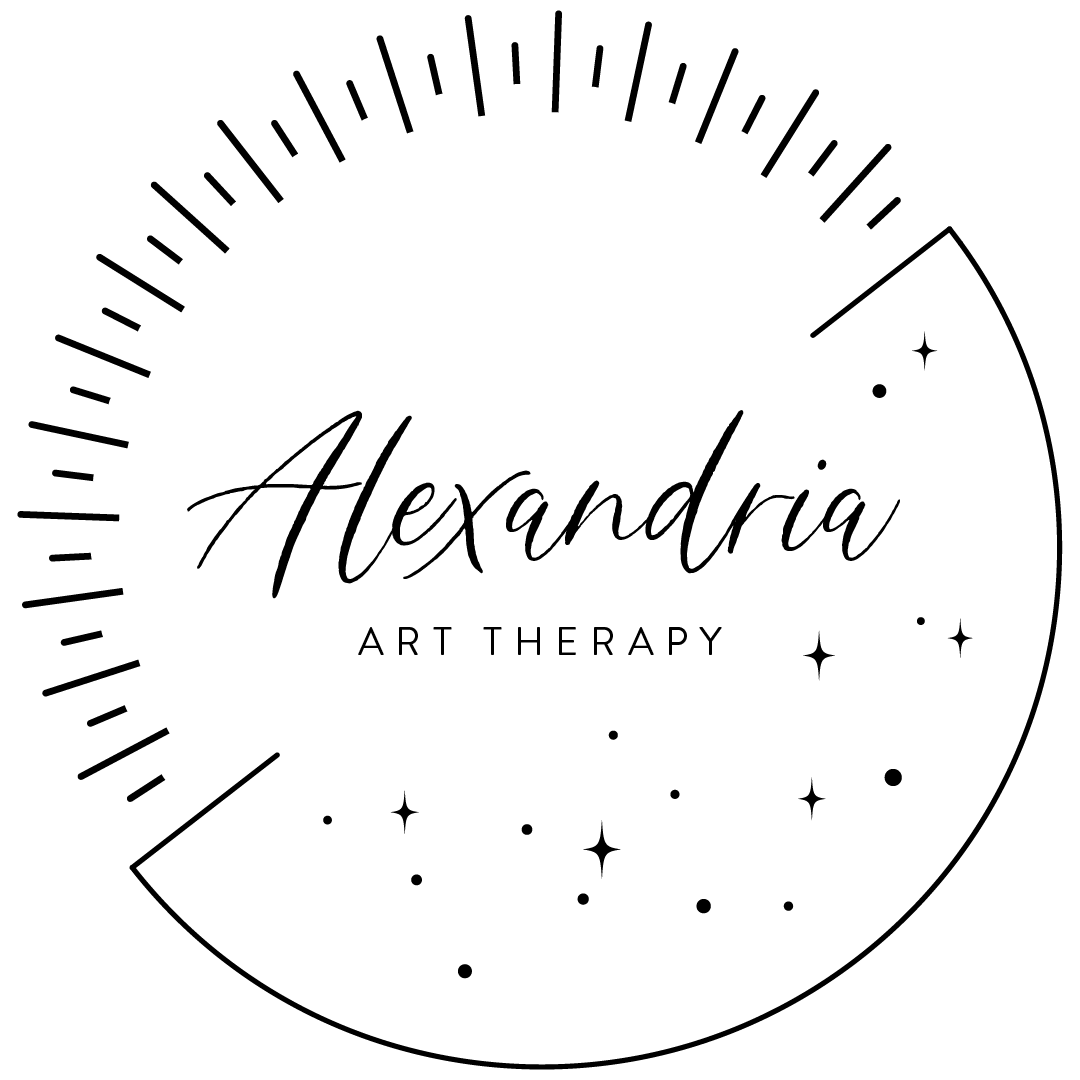3 Ways Art Therapy Helps with Self Injurious Behavior
My teenager has been cutting, and I don’t know what to do.
I used to self-harm in the past, and I thought I was better, but this year I found myself returning to my old behaviors.
I feel better when I hurt myself, even though that shouldn’t make sense. But I’m tired of hiding and I want to stop.
It’s an understatement to say that this pandemic year has been rough. When it comes to self-injurious behavior, we’re just now beginning to see, numerically, how many people it now affects.
One study found that medical claims for intentional self-harm have increased dramatically in the past year. Among people ages 13-18, it was the most stark--the percentage of all medical claim reports in that group increased 99.8% from 2019 to 2020.
If you or your child are engaging in self-injurious behavior, you are not alone. The trauma of this year can feel impossible to process. Here are three ways that art therapy can help.
MAKING ART CREATES AN OUTLET
People who engage in self-injurious behavior often say they are trying to release or express intense or overwhelming feelings that are too challenging to express with words. There are parts of your brain that are nonverbal, and if you’ve experienced trauma in your life, this is where the memories of trauma “live” in your brain. It’s not that there's anything wrong with you if you have trouble talking about these feelings or experiences--this is how your brain is wired to keep you safe.
The pandemic has introduced layers of trauma: illness, loss, intense change, financial hardship, fear, the breakdown of society as we knew it. Even as vaccines re-open public life in America, we are still experiencing the aftershocks. You may have spent the last year putting one foot in front of the other, just trying to make it through each day. And now that things on the outside are beginning to normalize, you may be realizing just how much you are struggling.
Creating art taps into the nonverbal area of your brain. What feels impossible to express with words is now accessible. When making art, the artist usually feels a sense of catharsis. Relief comes from the release of emotions in artwork.
ARTWORK IS TANGIBLE REPRESENTATION OF THOUGHTS AND FEELINGS
Many describe their injuries as a way to record experiences and literally see their internal pain. When you use art as an outlet, this also creates a tangible record of feelings. I recommend creating a space for the artwork, either a journal or portfolio, so that artwork can be tucked away if needed. Working with an art therapist provides an extra element of containment, and the therapist will guide the process of self-expression in a safe, secure environment.
MAKING ART CREATES A DISTRACTION
Giving your attention to something else can help distract you from urges to self harm. You may choose to focus on hopeful imagery or phrases of affirmation. Or, you're looking for a way to quiet your thoughts. Using the Zentangle® Method of drawing is a wonderful way to distract from pervasive thoughts. The repetitive creation of lines and shapes in the designs is meditative and calming.
Making art can also help your brain enter a flow state, which bathes your body in a sense of calm and makes time seem to disappear. Through the pandemic, the way we perceive time shifted as so many days began to look and feel the same. The lack of novelty and distraction during lockdown had the effect of amplifying negative thoughts, urges for self-harm, and anxiety. Through making art and entering a flow state, you can not only change how you experience the passage of time, but also offer your brain a novel experience if your surroundings remain the same.
YOU CAN BREAK FREE FROM THE CYCLE OF SELF-HARM.
Working with an art therapist will help you implement these practices in your life and use healthy coping skills to manage stressful experiences. The pandemic year has been easy on no one. Releasing and processing your emotions through art therapy can give you a safe space where you don’t have to hide as you learn the tools to heal.


